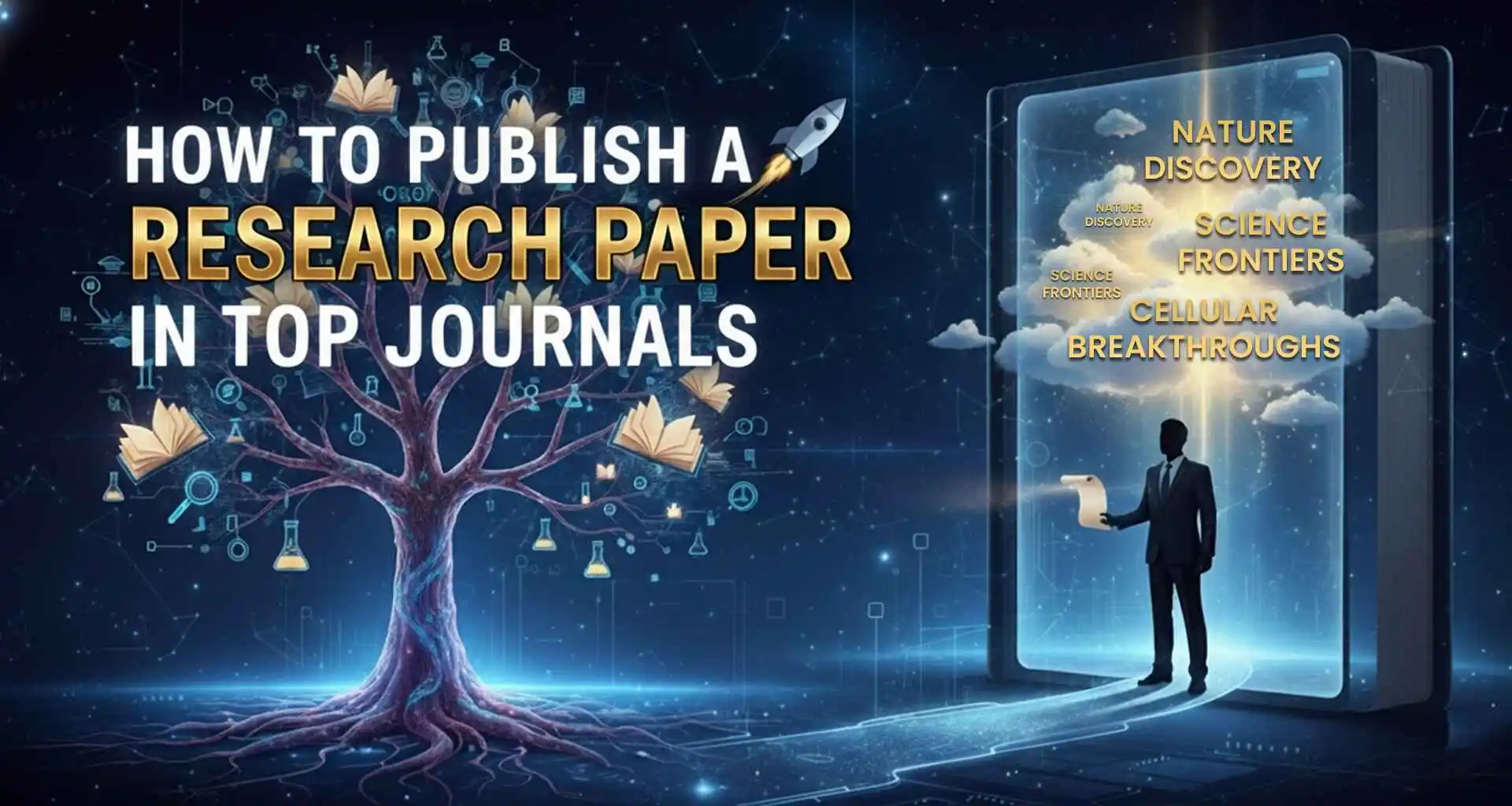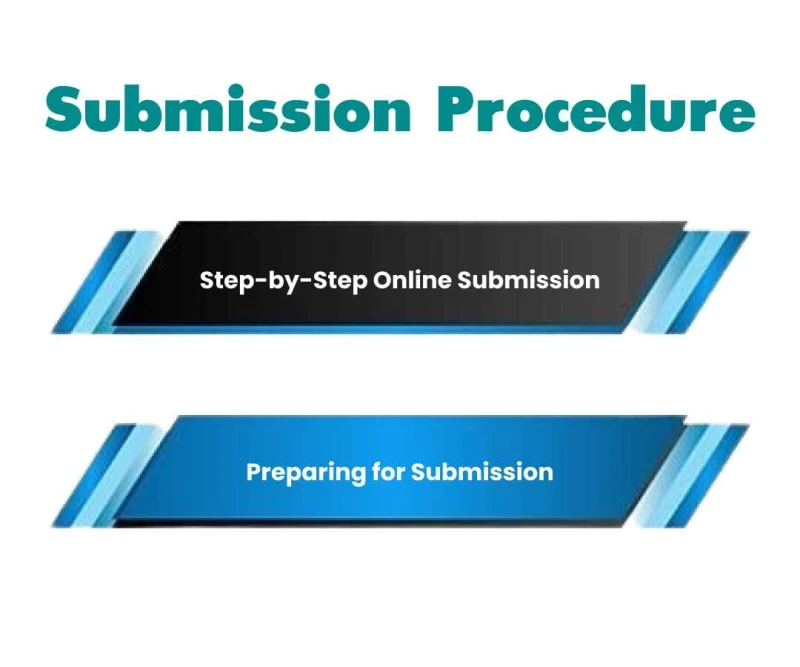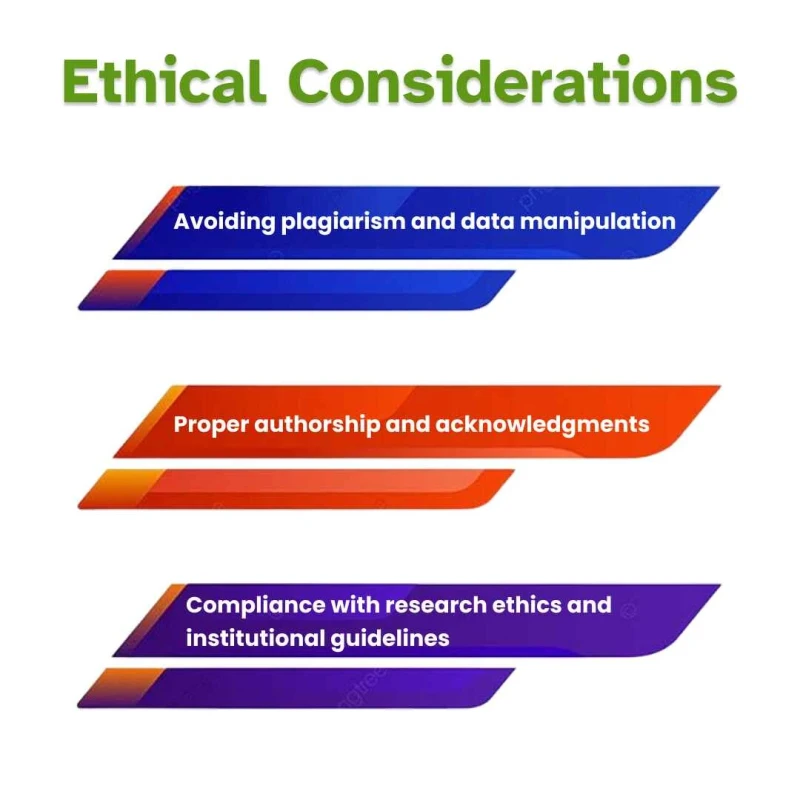
Jackson
Getting a research paper published in top journals is not an easy task, particularly for new researchers. It is a tough ride for many, with problems in selecting the appropriate topic, upholding great research standards, and coping with complicated submission procedures. Feeling overwhelmed about how to publish a research paper is justifiable, but with the proper advice, the challenges can be minimised. If you’re aiming to publish a paper in a journal that truly reflects your research impact, strategy and structure matter more than luck.
Journal choice, quality of research, and a coherent publication plan are important in getting your research noticed. Without them, even influential studies can struggle to find their way. This blog will not disappoint by offering a step-by-step procedure on publishing papers in a journal from preparation of the research through to post-publication planning.
Top journals are known for high impact factor, aggressive indexing, and good academic standing. Top journals have tough review criteria and publish articles that contribute to knowledge worldwide.
Publication in such journals improves academic credibility, fosters professional reputation, and drives a career forward.
Nature – Multidisciplinary Research
Science – Multidisciplinary Research
The Lancet – Medical and Health Sciences
IEEE Transactions – Engineering and Technology
American Journal of Sociology – Social Sciences and Humanities
Proceedings of the National Academy of Sciences (PNAS) – Social Sciences and Multidisciplinary Research
Academy of Management Journal (AMJ) – Business and Management
This is based on best practices followed by researchers who have successfully published in high-impact journals such as Nature, Science, and IEEE Transactions.
Knowing how to publish a research paper effectively requires careful topic selection, literature review, proper methodology, and clear presentation of results.
Choose a specific research gap and choose a topic that is unique and significant. Choose a topic that is meaningful to your field, one that presents new findings or solutions for typical problems. A well-chosen topic is the building block of a solid and publishable paper.
Assess prior research so as to know prevailing trends and knowledge gaps in your research topic. This aids in establishing what is there and where the gaps are. Position your research in the proper context by placing it within prevailing controversies, such that your research fills a clear academic gap.
Construct a clear and open methodology that can be followed by others with confidence. Document each step with accuracy, from the design to sampling and data collection procedures. Credibility is guaranteed by a good methodological strategy, which enables peer reviewers to assess the validity, coherence, and reliability of your research results.
Keep your data valid and replicable through proper documentation and checking. Observe good research ethics, get the right permissions when required, keep participants anonymous, and do not manipulate results. Compliance with ethics gives credibility to your work and keeps it in congruence with the best journal publication standards.
Illustrate how your research contributes to known knowledge in a novel manner. Clarify how your results disconfirm, expand on, or add to the current theory. Indicate novelty by illustrating how your research has practical and theoretical significance, how useful it is, and how it can lead future research in your field of study.
A well-structured research paper does not present only findings but also your academic rigor and contribution to the field. Each section has a different role in presenting your research.
Your title should be short and striking. It must bring out the focus of the research: either an operative variable or the key research variable. It should also avoid unnecessary jargon and mirror the scope of the research.
The abstract summarizes your research and should include the purpose, methodology, key results, and overall impact. This section should be able to give the reader and the reviewer a quick idea about what your paper is about and why it is important in 150-250 words.
Set the context of your study by giving the background and problem statement. Bring out the research gap, that is what has not been covered or addressed before. Close this section with your research objectives or hypotheses.
Describe your research design, methods, and materials in enough detail that a reader can, if desired, replicate your work. Your description should include your sample, instruments, data collection procedures, and analytical techniques. Be as transparent and specific as possible.
Present information in tables, figures, and charts where appropriate. Do not interpret the data. Ensure that the graphical presentation is correctly labelled and appropriately referenced in the text.
Interpret your findings against the background of earlier research. Discuss implications, significance, and limitations of this study. Relate your findings to the earlier literature so that aspects in which this study contributes to filling the research gap become easily identifiable.
Summarise your key takeaways, emphasising the contribution and potential impact of your work. Suggest practical applications or directions for future research which can extend your findings.
All sources cited in your paper are listed with full citation, following the relevant style of APA, MLA, Chicago, etc. Ensure that references are recent, relevant, and formatted according to the journal requirements uniformly.
The correct selection of the journal is very important to guarantee publication success. Make sure that the journal topic, audience, and scope match your research. Targeting the most appropriate journals will enhance the chances of your research being read, cited, and published.
Read the journal's previous publications, editorial board interest, and submission guidelines. Ensure that your research question, methodology, and objectives align with the thematic interests of the journal. A congruent fit enhances your manuscript to satisfy its intended academic readership and enhances acceptance possibilities.
Review the thematic scope of the journal, the type of audience, and the quality of editing. Look at the impact factor for evaluation of influence and citation value. And then examine acceptance rates to set expectations. Gaining the right balance between prestige and readiness will help your research paper find the right platforms without rejection.
Journal Finder is an online tool for researchers to determine relevant journals for their articles using title, abstract, and keywords. Journal Finder indicates journals that have similar scope, purpose, and impact factor levels.
Scopus is a vast abstract and citation database with peer-reviewed, full-text journals across a wide range of subjects. Scopus offers useful information about journal impact, citations, and ranking factors.
Web of Science provides access to well-established, indexed journals known internationally. It includes citation monitoring, impact identification, and research trend detection. Using this database, authors can have access to established journals with a high impact factor.
Official publisher websites such as Elsevier, Springer, Taylor & Francis, and Wiley have author guidelines, submission guidelines, and ethical policies. Checking official pages on these websites ensures proper formatting, word length, and topic area.
All these preparations strengthen your submission in favour of your course towards the publication of your research paper in the best journals.
Steer away from journals whose peer-revision process is questionable or unsure and whose publication charges are not stated. Verify indexing and clarity of editing before submission. Getting published in established journals only maintains your research integrity, enhances your scholarly credibility, and makes your work contribute enduring value to the research community.
Before you make your submission, read through the author instructions carefully from the journal you are aiming at. The author instructions typically include formatting styles, word limits, reference style, ethical standards and submission requirements.
By reading them, you can organise your manuscript correctly and avoid technical or formatting errors, which may be an action towards learning how to publish a research paper successfully.
Every journal has a certain set of manuscript formatting guidelines, citation format, and how to present figures. Use the requested format of referencing (APA, MLA, Chicago, or Harvard), maintain word counts, and show figures in suitable resolution. Obeying these details depicts professionalism and enhances the readability and acceptability of your work.
Adjust your content, tone, and structure for each journal's readers and editorial concerns. Align your argument style and vocabulary with the favoured language of the journal. Tailoring is to make your research appealing to the readership and editorial concerns, and hence get published in a top-impact journal.
Anyone who wants to publish a paper in a journal must treat these guidelines as non-negotiable. They define what editors expect and how your manuscript will be judged.
This is the initial impression for journal editors. Introduces your research, its significance, and why it matters. Stated clearly is your study's significance and worth to the field to establish professionalism and firm your strategy for how to publish a research paper successfully.
Explicitly formulate your research aims and their significance. Explain how your research addresses current academic requirements or knowledge gaps, thereby making editors realise the significance and contribution of your research at once.
Emphasise the novelty, theoretical contribution, and significance of your research to the journal's interest and readership. Show awareness of scholarship trends to present the unique advantage of your submission.
Make your writing brief, assertive, and respectful. Avoid repetition or over-elaboration. A sharp, refined writing style expresses clarity, assertiveness, and professionalism to journal editors.
End your cover letter by expressing gratitude for the editor's consideration. Express willingness to provide additional information or revisions, reaffirming your dedication and professionalism in the submission process.

The following five simple steps will help you in publishing your research paper successfully:
Create an author account on the online submission portal for the journal of your choice, making sure that your contact details and institutional affiliation are appropriately displayed.
Put together all of the figures, tables, and other supporting materials for your manuscript. Verify that every file complies with journal requirements for size and format.
Fill out the title, abstract, keywords, and authors data fields. Since this data is used for reviewer selection and indexing, carefully check for accuracy.
Upload your manuscript and supporting files as you are instructed. This is a very easy step to overlook, so please double-check each document you upload to ensure that figures and tables display correctly.
When all is set, hit “Submit.” You will receive a confirmation email along with your manuscript ID. Keep this for future tracking of the submission status
Step 1: Finish your paper by proofreading, formatting, and ensuring that you have verified every part of your paper including the title page, abstract, tables and references are in compliance with the rules of the journal author formatting.
Step 2: Documents supporting the submission are in a format of cover letter, ethics statement, author contribution form, and high quality figures or tables in separate files.
Step 3: Review the submission rules of the desired journal, which could be word count, citation style, file type and plagiarism policy.
Step 4: Grammar, plagiarism, and formatting check. Check the information of all authors: names, ORCID ID, and affiliation.
Step 5: Organise all files and rename them, e.g., Lastname_Manuscript.docx, to ensure a simple, error-free online submission process.
Loss of important documents: Double-check carefully that all the necessary files (manuscript, figures, tables, and supplementary files) are uploaded with time to spare.
Formatting or layout mistakes: Copy the journal style and organisation guidelines verbatim to ensure your paper aligns perfectly with the publication’s formatting and structure requirements.
Blindness to instructions for submission: Read journal instructions thoroughly and reproduce the style and organisation guidelines word by word to circumvent blatant rejection or wastage of unnecessary .
Not double-checking: Double-check your submission carefully for completeness, readability, and compliance before submission.
Continuous cross-checking of all the submission requirements guarantees that your research is professional-grade and increases your chances of publication success.
Peers conduct the peer review methodology, result, interpretation, and overall relevance of your manuscript. Reviewers leave thoughtful comments to enhance clarity, rigor, and scientific integrity of your study. Knowing what is done in peer review positions you better to reply and enhances your method of publishing within top journals.
Acknowledge reviewer comments graciously and professionally. Clarify when necessary, justify your method with evidence, and apply recommended modifications judiciously. Effective management of criticism shows dedication to quality research and maximizes the prospect of manuscript acceptance.
Execute thoughtful revisions that improve clarity, coherence, and logical structure. Improve citations, improve arguments, and make figures and tables permit sound conclusions. Thoughtful and discerning revisions demonstrate responsiveness to critique and will improve publication potential exponentially.
Rejection is to be anticipated in the publishing process. Master how to use reviewer comments to your advantage, revise your paper, and resubmit if needed. Persistence sharpens your existing paper as well as spurs long-term research communication and scholarly publishing skills.
You can also seek professional help from peer review agencies like PhD Assistance for submission guidelines and peer review advice. Professional consultation makes your manuscript journal compliant, publishing standard compliant, and gives it the best possible opportunity for publication in top-ranked journals.
Maintaining high academic and ethical standards is crucial for any scholar aiming to publish a paper in a journal successfully.

Maintain your work as original and properly referenced so that no plagiarism is done. Never fake or pretend data in form or shape. Honesty during research builds trust among editors, reviewers, and scholars and is a prerequisite for publishing your research paper successfully in top-grade journals.
Cite freely the work of all authors and credit the collaborators, the sponsor agencies, and institutions. Proper acknowledgement avoids conflict, provides transparency, and provides credit where credit is due to all authors as expected in the best journals' highest scholarly standards of research conduct.
Follow all ethical codes, such as informed consent, data confidentiality, and institutional review board approvals. Following these rules ensures your research is professional and legal, protecting your research integrity and participants.
Get your research published in academies, conferences, and seminars to get the widest exposure and criticism. Active promotion ensures your work is seen by target readers, promotes collaborations, and builds your image as a researcher.
Search for citations and other efforts to trace the influence of your paper. Tracing influence provides a measure of your research output to the profession, enables co-authors to be attributed, and maintains strategic planning in progress for subsequent work.
Use your publication as a springboard to proceed with your career and educational objectives. Publication of your research paper, networking between professionals, and adding to the pool of academic ideas can expand your base of audience base, open doors to professional prospects, and improve your profile in your field of academic expertise.
Publishing in top journals does require careful planning, selection of a novel and high-impact research problem, ensuring your manuscript complies with journal requirements, and properly organising your research effort. Perseverance and continuous improvement are essential because rejection is guaranteed, and feedback provides an opportunity to hone your research.
To boost your chances of being accepted, hire professionals, whereby your manuscript will be examined, a good journal will be chosen, and submission tactics will be provided. Having the highest quality research standards of ethics and strategic orientation, your work will be meaningful to your field and establish your academic reputation. To successfully publish a paper in a journal, strategic planning and expert review are crucial